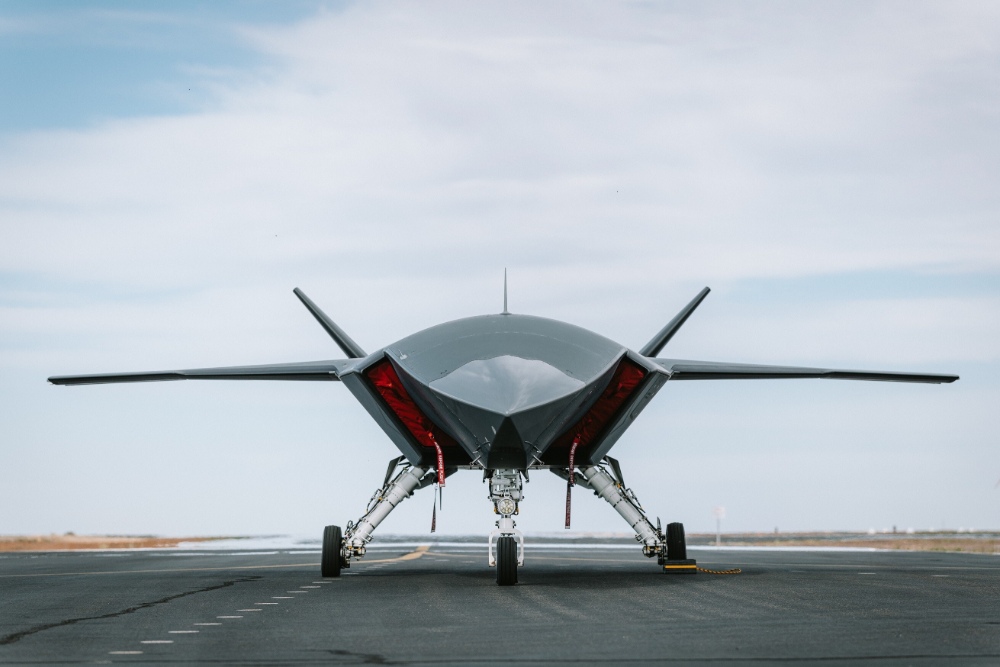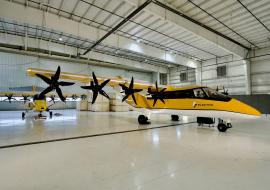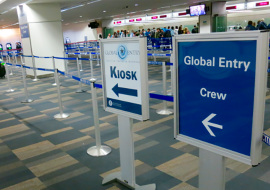Boeing and RAAF Validate MQ-28 Ghost Bat’s Combat Readiness

Boeing and the Royal Australian Air Force (RAAF) have successfully completed a series of demonstrations that proved the operational effectiveness of the MQ-28 Ghost Bat Collaborative Combat Aircraft (CCA). The missions, finalized in June 2025 and completed four months ahead of schedule, confirmed the platform’s ability to support and enhance crewed air operations.
The RAAF-defined demonstrations required the uncrewed aircraft to perform operationally relevant missions that supplement traditional capabilities. The MQ-28 fleet and its digital twins have now accumulated more than 150 flight hours and 20,000 hours of virtual testing, underscoring the system’s maturity.
Key mission validations included autonomous behaviors, multi-ship operations to generate combat mass, deployment to RAAF Base Tindal, integration with an E-7A Wedgetail airborne early warning and control aircraft, and advanced data fusion for real-time sharing between multiple MQ-28 units and crewed platforms.
“The RAAF set the task of proving the first four steps in the Air Combat chain for the MQ-28, and we have accomplished that sooner than anticipated,” said Glen Ferguson, Boeing’s MQ-28 Global Program Director. “Completing this work early allows us to accelerate the next phases of development – engage and assess – with an air-to-air weapon test planned for late 2025 or early 2026.”
The validated capabilities will now be integrated into Block 2 production aircraft, forming the foundation of the MQ-28’s initial operational capability for the RAAF and allied partners. Designed as an autonomous complement to crewed platforms, the Ghost Bat reduces risk to pilots while enhancing the “find, fix, track, and target” elements of combat.
As a leading global aerospace company, Boeing continues to position the MQ-28 as a cornerstone of future air combat operations, reinforcing its role in advancing defense innovation for Australia and its allies.














